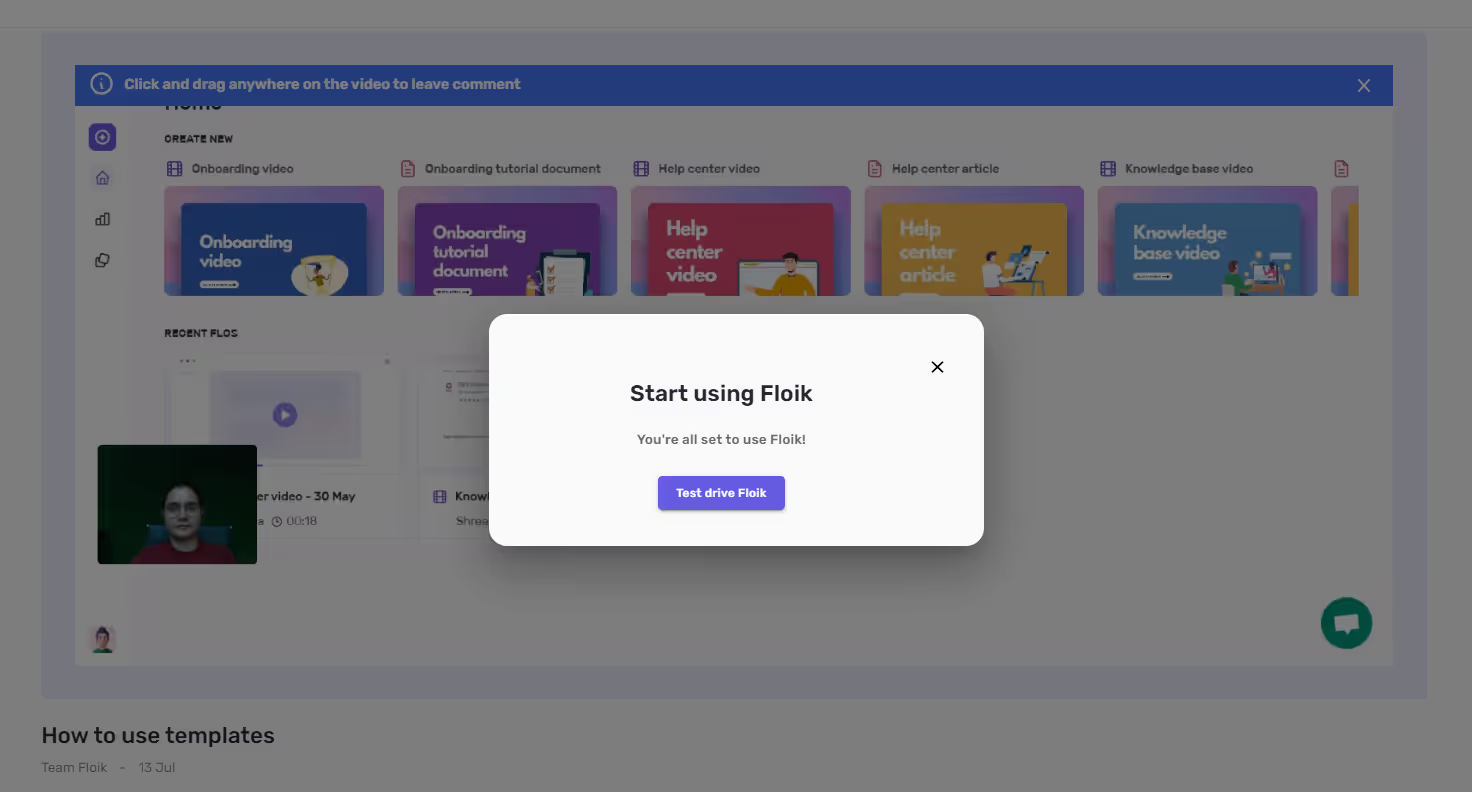Text-heavy, outdated, poorly structured, and difficult to follow—that’s the definition of poorly created knowledge base content. It frustrates users, hampers their productivity, and creates friction in their product adoption efforts.
The result? Unhappy users bombarding your support teams with repetitive queries.
If this sounds familiar, you need to revamp your knowledge base content to make it user-friendly, well-organized, and solution-oriented.
In this quick guide, we’ll uncover:
There are many moving parts in the backend of a customer knowledge base. SaaS teams often struggle to drive ROI with their help center because of these challenges—let’s break them down.
Your product is continuously evolving—new features are added, existing ones are updated, and sometimes, certain features are deprecated. Constant changes can make it challenging to keep your knowledge base content up-to-date.
If your knowledge base doesn't reflect the current state and UI of your product, users might get confused and frustrated. The result? More workload for your CS team to handle additional queries and user complaints.
Attention spans are dwindling. Your users likely won't spend much time reading lengthy, complex articles. This means you need to create content that's not only informative but also engaging.
If your self-serve content is dry or difficult to understand, users may abandon it in favor of reaching out to your customer service team directly. This can lead to an increased workload for your team and a less than optimal user experience.
As your product and user base grow, so should your knowledge base. Managing this growing body of content can be challenging.
You need to ensure that your content is well-organized and easy to navigate. If users can't find the information they're looking for, they'll likely turn to your customer service team for help. This can lead to an increased volume of support tickets and a higher workload for your team.
Your users may interact with your product across various channels, such as your website, social media, or in-app messages. Ensuring that your knowledge base content is accessible and consistent across all these channels can be a challenge.
If users can't access the information they need when and where they need it, they'll likely reach out to your customer service team, increasing their workload.
Finally, it's crucial to understand how effective your knowledge base content is. This involves collecting and analyzing data on how users interact with your self-service setup. However, gathering this data and making sense of it can be a complex task.
If you don't have a clear understanding of your content's effectiveness, you may miss opportunities to improve it. This can lead to more users reaching out to your customer service team for help, increasing their workload and potentially leading to user dissatisfaction.
Floik is a versatile tool designed to help customer support teams tackle all these challenges and create high-impact knowledge base content effortlessly.
With Floik, you can create interactive content for multiple use cases, such as:
Watch Floik in action with this step-by-step guide created for Mailchimp 👇🏻
Here’s everything you get in Floik for making your knowledge base content more impactful:


Now that you’re ready to create knowledge base content with Floik, take a look at a few elements of great KB articles:
Text alone can sometimes be insufficient to explain complex topics. Using rich media like videos, images, infographics, or GIFs can make your content more engaging and easier to understand. For example, a step-by-step video tutorial can be more effective than a text-based guide for explaining advanced features—here’s an example:
Write knowledge base content in plain language that users can easily understand. If you use any jargon or technical terms, explain them in simple terms. The goal is to make your content clear and accessible to let users solve their issues without needing to contact your support team.
Good support content should link to other relevant articles in your knowledge base. This gives users a path to explore more information and find answers to questions they might not have known they had. It also increases the time users spend on your knowledge base, improving their understanding of your product. Here’s what it looks like:
Most people typically scan content rather than reading it word for word. So, your knowledge base content has to be easily scannable for quick reading. Use headings and subheadings to break up your content, and add numbered lists wherever possible. Highlight key information to make it stand out.
Include a way for users to provide feedback on your support articles. This could be a simple thumbs up/thumbs down feature, a rating system, or a comment section. Feedback helps you understand what users find helpful or confusing—all these insights for improving your content. It also gives users a sense of participation and shows them that you value their input.
A good knowledge base isn't just a 'nice-to-have'—it's a critical piece of the user experience puzzle. It's the go-to place for your users to find answers, learn about your product, and troubleshoot issues conveniently.
But creating a knowledge base isn't just about throwing a bunch of articles together and calling it a day. Nope. Instead, you have to pay close attention to create engaging, user-friendly, and helpful content that your users can access easily.
That's where Floik saves the day! It’s your new secret weapon to reinvent the way you create knowledge base content and make the entire process smooth sailing.
Ready to shake things up? Sign up for free and experience the power of Floik yourself.